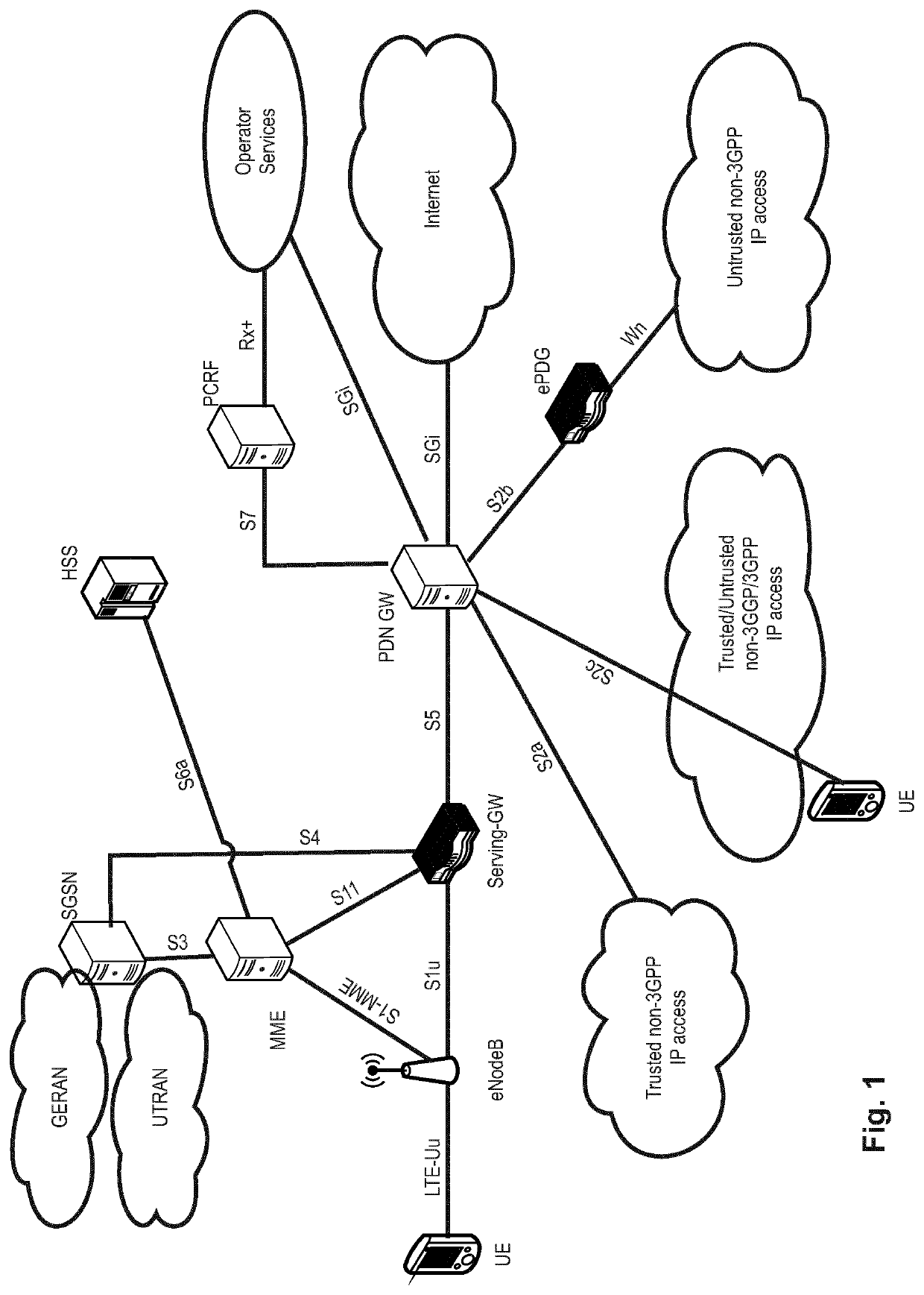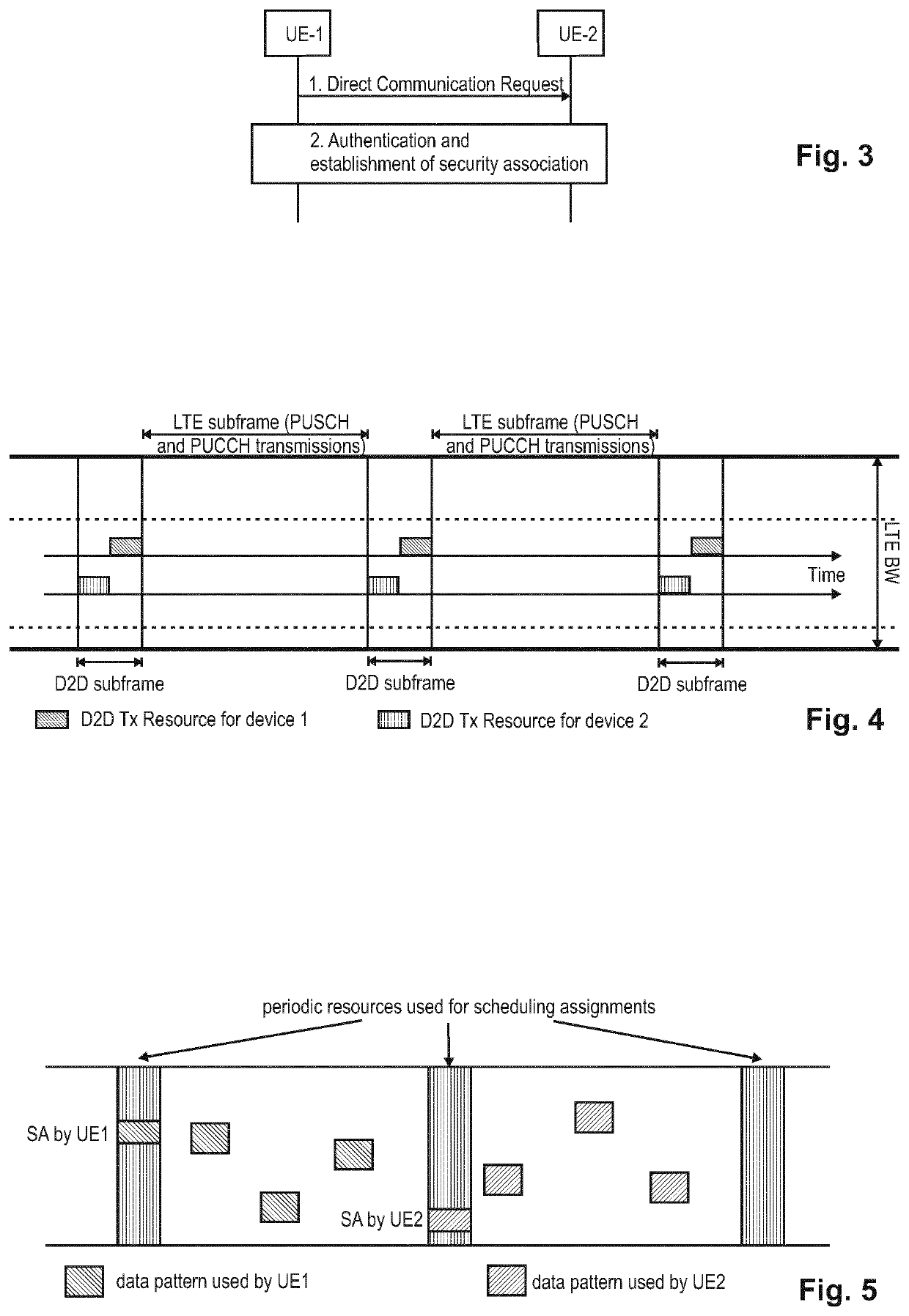Improved initial and retransmissions of data for v2x transmissions
a technology of v2x transmission and data, applied in the field of improved data transmission and resource allocation, can solve the problems of not being able to configure a mobile terminal, not being able to find a spectrum band which is wide enough for the lte-advanced system, and not being able to use fixed t-rpt transmissions anymore, so as to improve the reliability of data transmission, avoid collisions with transmissions, and improve the effect of transmission reliability
- Summary
- Abstract
- Description
- Claims
- Application Information
AI Technical Summary
Benefits of technology
Problems solved by technology
Method used
Image
Examples
first embodiment
[0217]In the following a first embodiment for solving the above-mentioned problem(s) will be described in detail. Different implementations and variants of the first embodiment will be explained as well.
[0218]As already mentioned above, exemplarily, a vehicular UE is assumed which is installed in a vehicle and is capable of performing vehicular communication based on the D2D framework as explained in the background section of this application. Correspondingly, vehicular data (e.g., periodic and aperiodic data) shall be transmitted by the vehicular UE to other entities for which the data is of interest. It is assumed that the UE supports and mainly performs Mode-2 radio resource allocation and has been properly configured with the necessary resource pool(s) (for data and scheduling assignments) to be able to autonomously select radio resources for transmitting the scheduling information as well as the data via the PC5 (sidelink) interface.
[0219]The periodic data to be transmitted by ...
PUM
 Login to View More
Login to View More Abstract
Description
Claims
Application Information
 Login to View More
Login to View More - R&D
- Intellectual Property
- Life Sciences
- Materials
- Tech Scout
- Unparalleled Data Quality
- Higher Quality Content
- 60% Fewer Hallucinations
Browse by: Latest US Patents, China's latest patents, Technical Efficacy Thesaurus, Application Domain, Technology Topic, Popular Technical Reports.
© 2025 PatSnap. All rights reserved.Legal|Privacy policy|Modern Slavery Act Transparency Statement|Sitemap|About US| Contact US: help@patsnap.com



